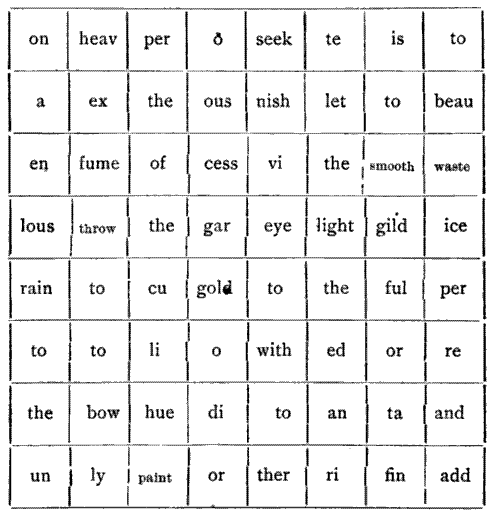
The smallest park in the world is Mill Ends Park in Portland, Oregon. You’re looking at it: 452 square inches, barely two feet across. The nearby Forest Park is 60 million times as big.
Mill Ends started in 1948, when Oregon Journal journalist Dick Fagan noticed a forgotten hole outside his office on Front Street. He planted flowers and began to write a weekly column about goings-on there, including “the only leprechaun colony west of Ireland.”
When Fagan died in 1969, Portland took up the tradition, dedicating Mill Ends as an official city park in 1976. Today it has a swimming pool for butterflies (with diving board), a miniature Ferris wheel, and statues, and it hosts snail races, weddings, and regular rose plantings.
Just goes to show, you don’t need a large lot if the location’s good.





